Baby Back vs St. Louis Ribs: The Great BBQ Showdown
There’s something magical about sinking your teeth into a perfectly smoked rack of ribs—tender, juicy, and slathered in your favorite sauce or dry rub. But if you've ever stood in front of the meat counter scratching your head, wondering which cut to buy for your next backyard cookout, you're not alone.
The battle between baby back ribs and St. Louis ribs is real, and today we’re diving deep into the flavor-packed world of pork ribs. Whether you're a seasoned pitmaster or just getting started with your smoker, understanding these two popular cuts can take your barbecue game from good to legendary.
Table of Contents
- Introduction
- What Are Baby Back Ribs?
- What Are St. Louis Ribs?
- Head-to-Head: Baby Back vs St. Louis Ribs
- How to Cook Each Cut Like a Pro
- Buying Guide: Choosing the Right Ribs for You
- Final Thoughts: Which Rib Should You Choose?
What Are Baby Back Ribs?
Baby back ribs come from the upper part of the ribcage, near the spine, and are taken after the loin has been removed. They’re typically smaller, curved, and more tender than other rib cuts. Their name can be a bit misleading—they don’t actually come from baby pigs but refer to the size and location of the cut.
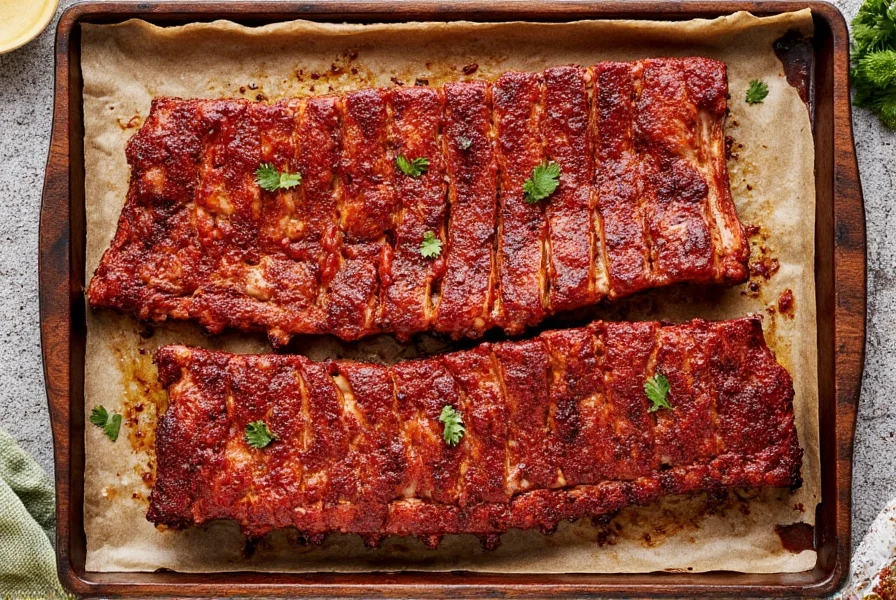
These ribs have less fat and connective tissue, making them ideal for quicker cooking methods like grilling or baking. However, they still benefit greatly from low-and-slow smoking to enhance their tenderness and depth of flavor.
What Are St. Louis Ribs?
St. Louis ribs, on the other hand, come from the lower belly side of the pig, just below where baby backs are found. These ribs are trimmed to remove the sternum bone, cartilage, and excess fat, resulting in a flatter, more uniform rack that’s easier to cook evenly.
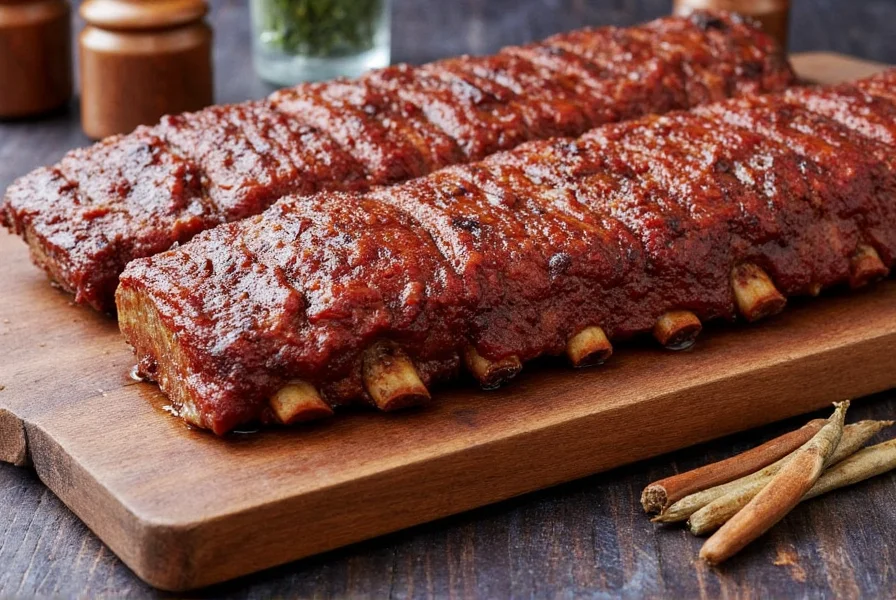
Known for being meatier and fattier, St. Louis ribs offer a richer flavor profile and are perfect for slow-smoking techniques. They’re also often considered the go-to choice for classic American barbecue due to their ability to absorb smoke and spices beautifully.
Head-to-Head: Baby Back vs St. Louis Ribs
| Feature | Baby Back Ribs | St. Louis Ribs |
|---|---|---|
| Location on Pig | Near the spine, upper ribcage | Lower ribcage, closer to belly |
| Size & Shape | Shorter, curved bones | Longer, flatter bones |
| Fat & Marbling | Leaner with less marbling | More fat, higher marbling |
| Cooking Time | 2–3 hours (grilled/oven) | 4–6 hours (smoked) |
| Texture | Tender, lean bite | Meaty, fall-off-the-bone |
| Flavor Profile | Mild, clean pork taste | Richer, smoky, more intense |
| Average Price | Higher per pound | More affordable |
How to Cook Each Cut Like a Pro
Let’s get down to the fun part—cooking! Each type of rib has its own sweet spot when it comes to preparation and method. Here's how to nail each one:
Baby Back Ribs Recipe
- Step 1: Remove the membrane from the bone side for better seasoning penetration.
- Step 2: Season generously with a rub (we love a blend of paprika, brown sugar, garlic powder, and cayenne).
- Step 3: Smoke at 225°F for 2.5–3 hours or grill over indirect heat.
- Step 4: Optional: Wrap in foil with apple juice halfway through cooking.
- Step 5: Finish with a brush of barbecue sauce and a quick sear over high heat.
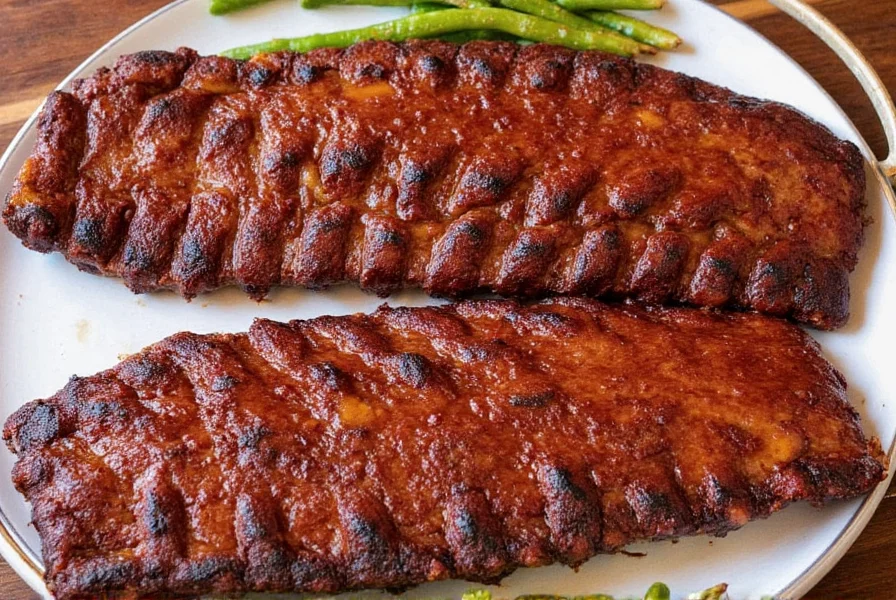
St. Louis Ribs Recipe
- Step 1: Trim any excess fat for even cooking.
- Step 2: Apply a bold dry rub (try chili powder, cumin, black pepper, and a touch of coffee for complexity).
- Step 3: Smoke low and slow at 225°F for 5–6 hours.
- Step 4: Wrap in foil once the bark forms to retain moisture.
- Step 5: Unwrap, glaze with sauce, and finish on the grill for a caramelized crust.
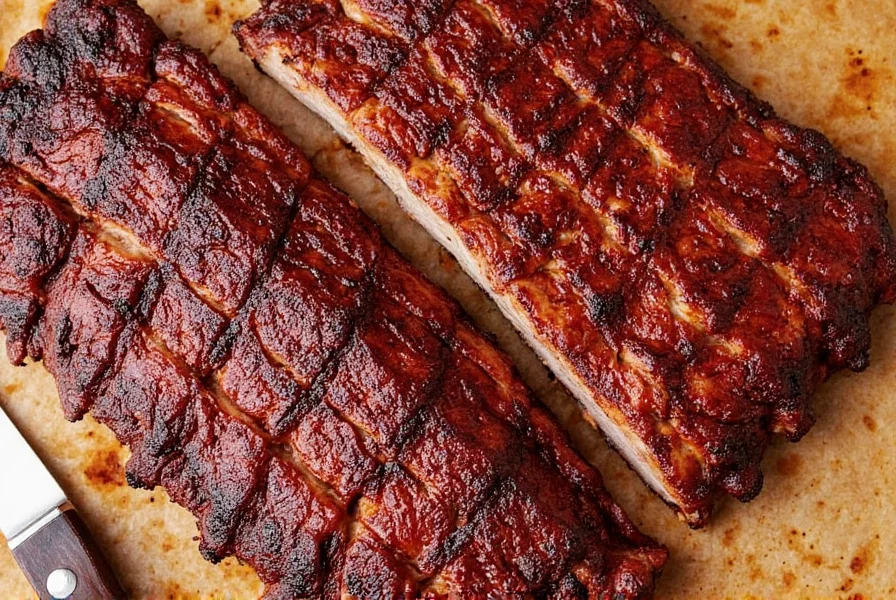
Buying Guide: Choosing the Right Ribs for You
Shopping for ribs can be confusing if you’re not sure what to look for. Here’s your ultimate guide to picking the perfect slab:
Look For These Features:
- Color: Look for bright pink or red hues; avoid gray or dull-colored ribs.
- Fat Distribution: A nice layer of fat means more flavor—don’t go too lean!
- Uniformity: Racks should be consistent in thickness and spacing for even cooking.
- Marbling: Especially important for St. Louis ribs; marbled meat equals juiciness.
Recommended Brands:
| Product | Features | Advantages | Best For | Occasions |
|---|---|---|---|---|
| ButcherBox Baby Back Ribs | Organic, humanely raised pork | Consistent quality, premium taste | Special occasions, gift giving | Anniversary cookouts, date nights |
| Farmer Focus St. Louis Ribs | American-raised, pasture-fed | Great value, flavorful meat | Weekend barbecues, gatherings | Fourth of July parties, tailgates |
| Kroger Select Baby Back Ribs | Store brand, easy to find | Affordable, reliable | Beginners, budget meals | Weeknight dinners, family meals |
Final Thoughts: Which Rib Should You Choose?
So, baby back or St. Louis ribs—who wins the crown? Well, it really depends on what you're looking for in your barbecue experience:
- Go for Baby Backs If: You want a leaner, quicker-to-cook option with a mild, delicate flavor.
- Choose St. Louis Ribs If: You’re after rich, fatty, deeply smoky ribs that melt in your mouth.
Whichever you pick, remember this: the best rib is the one that ends up on your plate—and maybe a few sticky fingers later.
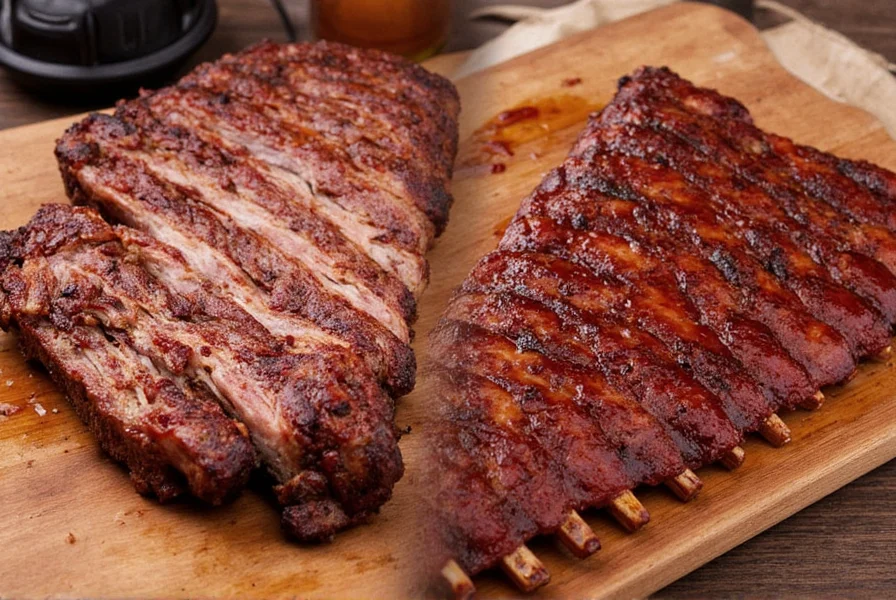
Happy grilling, and may your next rack of ribs be as unforgettable as the stories shared around the table.

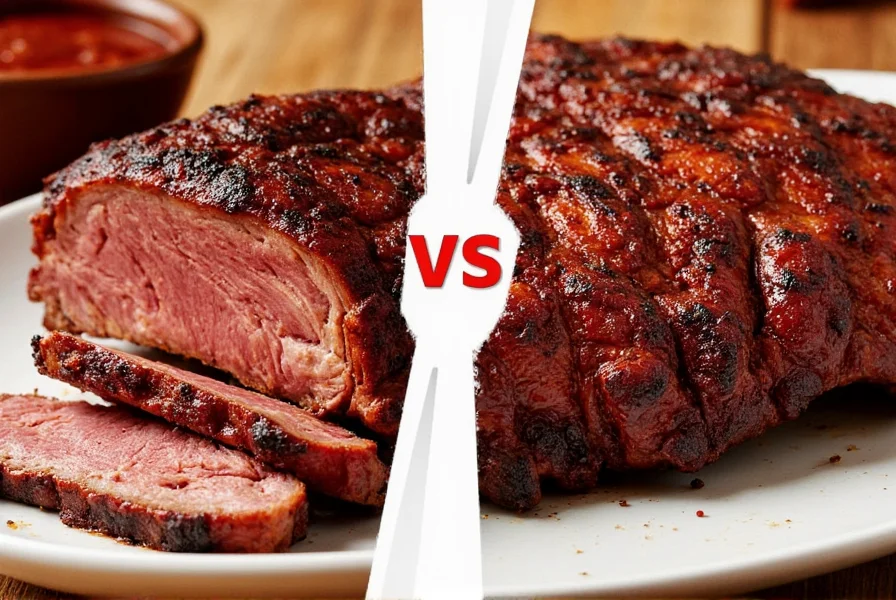









 浙公网安备
33010002000092号
浙公网安备
33010002000092号 浙B2-20120091-4
浙B2-20120091-4